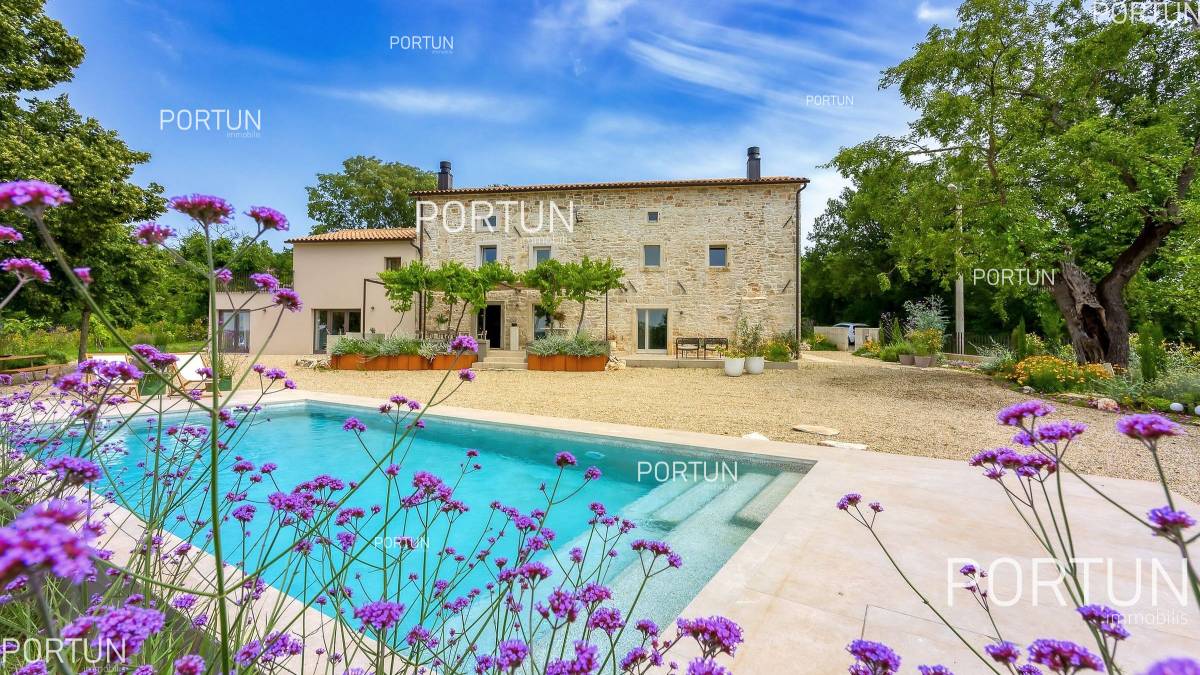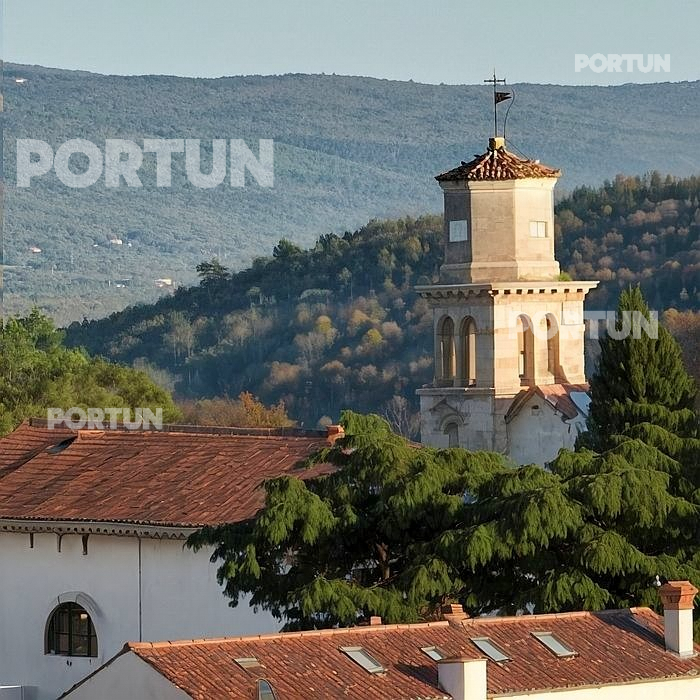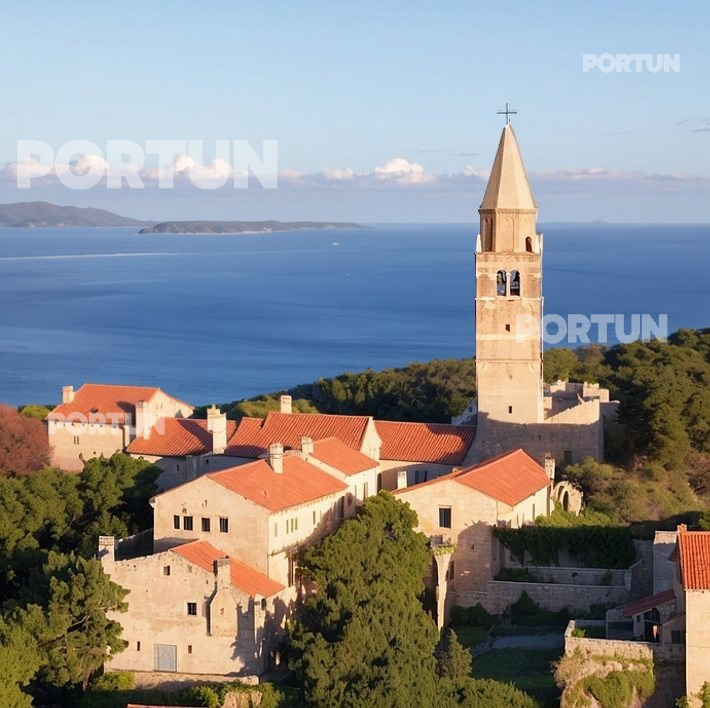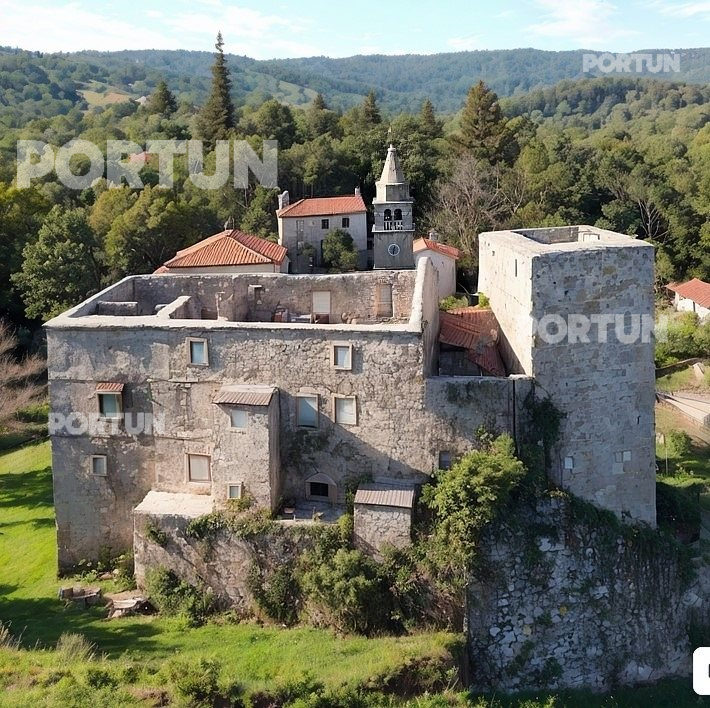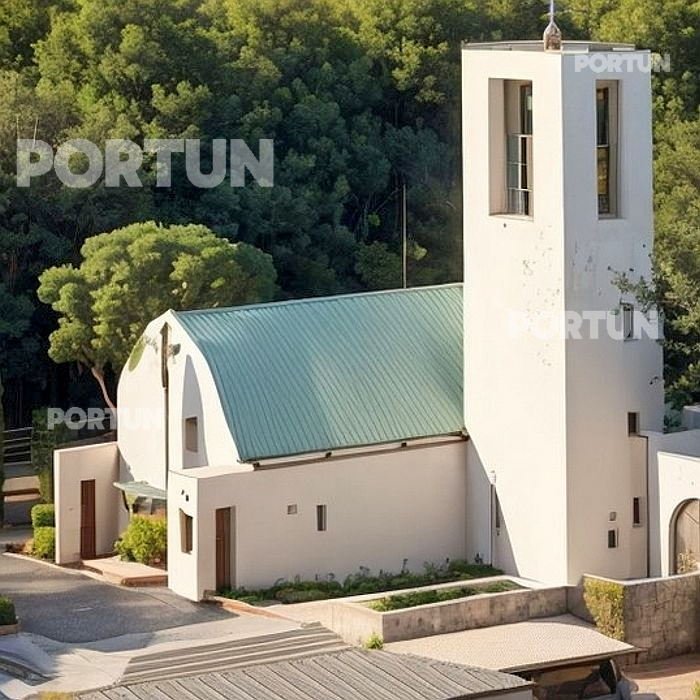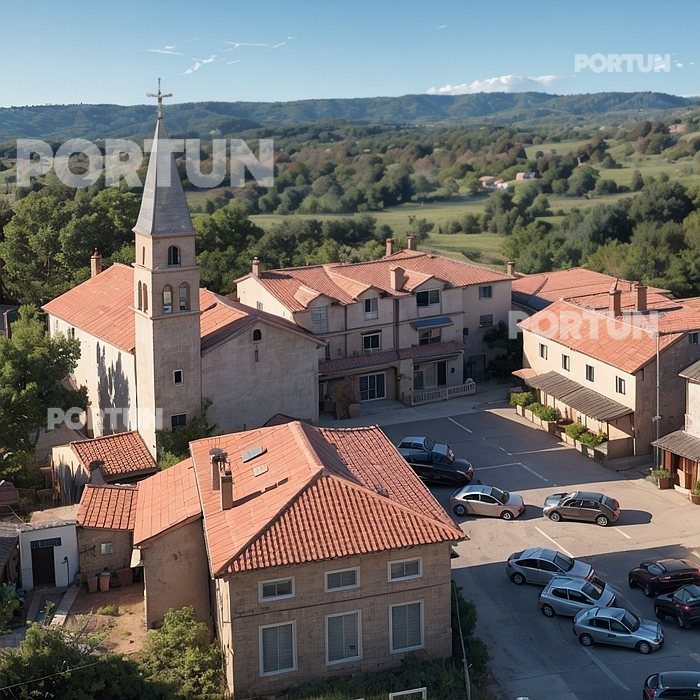Raša, the youngest town in Istria, was built in just 547 days to meet the needs of the local coal mine during the Italian rule, known as the fascist era. Originally named Liburnia, the settlement was later renamed Arsia (Raša) after the river of the same name, which defines the geographic and morphological features of the area. Mining activity dates back to the 17th century, and the modern mining settlement was built in 1936-1937 according to the project of the Italian architect Gustavo Pulitzer Finali. Raša is now a unique example of modern architecture and urbanism in Croatia.
The Raša Bay on the eastern coast of Istria, situated southwest of Labin, is formed by the former valley of the Raša River, which was submerged by the young post-glacial rise in sea level. The surrounding sides of the bay are steep and inaccessible, mostly built of limestone and covered with sparse Mediterranean vegetation, offering many points of interest and places worth visiting.
Sveta Marina is a picturesque coastal town on the eastern coast of Istria, with a small peninsula with olive groves and the Church of St. Marina enclosing a serene bay with a settlement and fertile valley. Former small fishing villages Drenje and Ravni have now become tourist centers at the foot of the eastern slopes of the village of Skitače and the peaks of Oštri and Goli. Ravni is now a popular destination for windsurfers and divers, while in the village of Drenje there is a Baroque church of St. Nicholas with a cemetery. Crna Punta is a cape with lighthouses built in 1873 at the foot of the village of Skitače. The legend of hidden gold is associated with Crna Punta, and divers who discovered mysterious passages underwater, only to find stone slabs with unresolved symbols, leaving many questions unanswered even today.
In addition to its cultural and historical significance, the natural beauty and untouched beaches are what primarily attract visitors to these parts of the Istrian peninsula.
Real Estate Raša – Discover Opportunities for Peaceful Living and Smart Investment
Raša – the Hidden Gem of Eastern Istria
Raša, located on the picturesque eastern coast of
Istria, is known for its rich
mining history and unique architecture. The municipality covers an area of
80.4 km² and includes 23 settlements, such as Barbići, Brgod, Brovinje, Crni, Drenje, Koromačno, Krapan, Kunj, Most-Raša, Polje, Sveta Marina, Sv. Lovreč, and Trget. Surrounded by the sea, nature, and greenery, Raša attracts those seeking a peaceful lifestyle combined with the proximity of important centers like
Labin.
Real Estate Raša – a Diverse Selection for Every Buyer
The
real estate market in Raša offers a wide range of opportunities – from luxurious
villas with pools and sea views to authentic
stone houses, modern
apartments, and attractive
land plots. Increasing interest is being recorded in properties located in peaceful surroundings, while the most desirable areas are those offering views of the Kvarner Bay and proximity to the beaches.
Houses for Sale in Raša – Perfect for Living and Investment
Purchasing a
house in Raša is an excellent choice for those seeking privacy, spacious living, and an attractive location. The offer includes renovated
stone houses combining tradition and modern comfort, luxurious
villas with pools and panoramic views, large family homes with spacious gardens, and houses requiring adaptation. Properties in Drenje and Sveta Marina stand out for their idyllic sea views. More and more buyers are choosing
tourist rentals as a way to combine comfortable living with a stable return on investment.
Apartments for Sale in Raša – Modern Living by the Sea
The offer of
apartments in Raša is becoming increasingly diverse and attractive, especially for younger buyers and investors. You can choose from
modern new-build apartments, coastal apartments near the beaches, and compact properties in quiet neighborhoods. Smaller units designed for
tourist rental are in particularly high demand due to the growing popularity of Raša and its surroundings. Investing in apartments here presents an excellent opportunity for generating additional income.
Land Plots for Sale in Raša – Space for Growth and Development
For those planning to build their own home or develop investment projects,
land plots in Raša offer ideal conditions. Available options include
building plots near the center and the sea, spacious parcels in green surroundings, and
agricultural land suitable for agritourism. Given their more affordable prices compared to the western Istrian coast, Raša is becoming an increasingly attractive choice for investors and families alike.
Affordable Investments and Growing Market Potential
The
real estate market in Raša is one of the most dynamic in eastern Istria. Prices are more affordable compared to locations such as
Barban and
Marčana, while the potential for property value growth continues to rise. Houses and land plots on sunny hillsides with sea views are particularly sought after, while inland plots present excellent opportunities for investors seeking long-term returns.
Neighboring Municipalities – Expand Your Options
In the immediate vicinity of Raša, you’ll find several attractive areas that further enhance the value of your investment.
Labin offers a rich cultural and tourist scene,
Barban is known for its traditions and events, while
Sveta Nedelja attracts those seeking a peaceful lifestyle in a natural environment. The closeness of these destinations allows buyers more flexibility when choosing their ideal
property.








